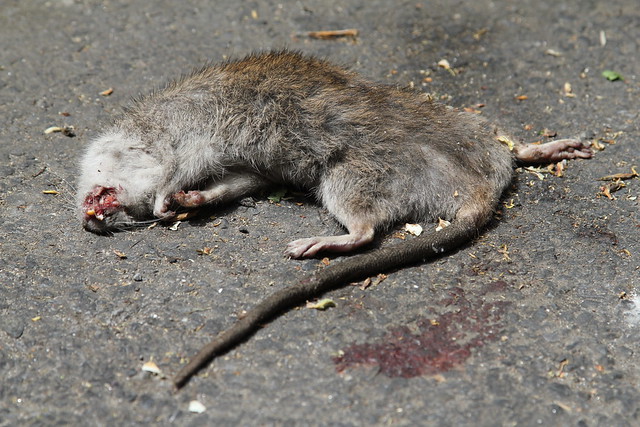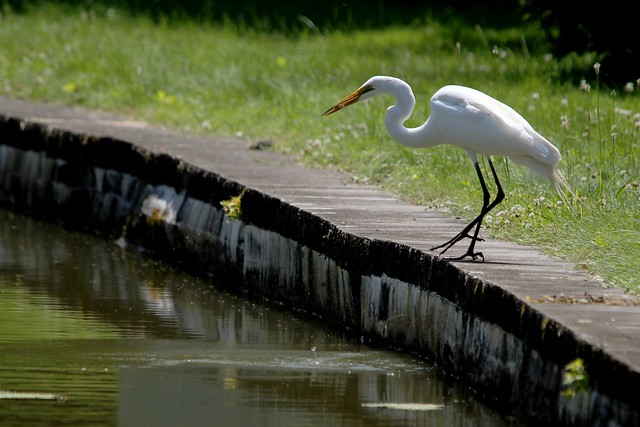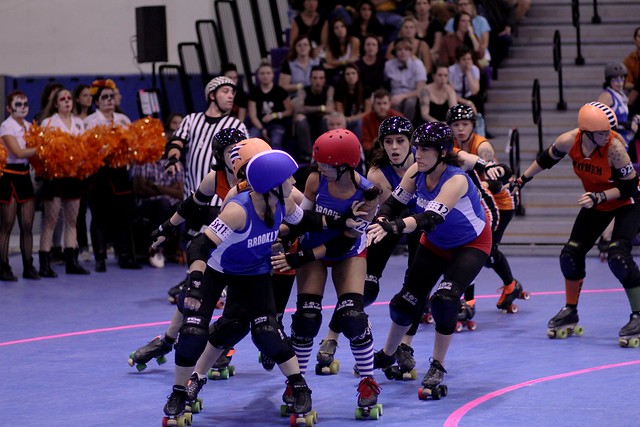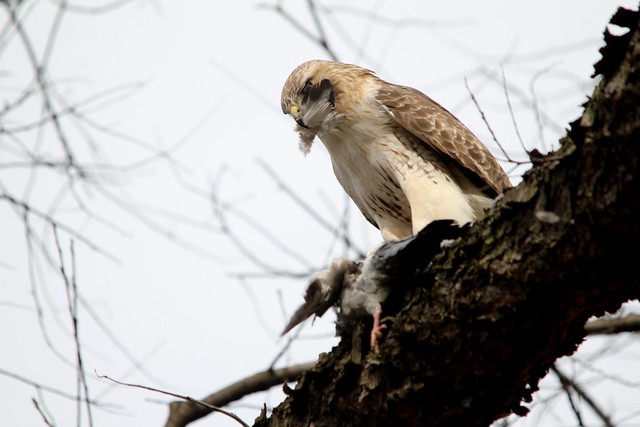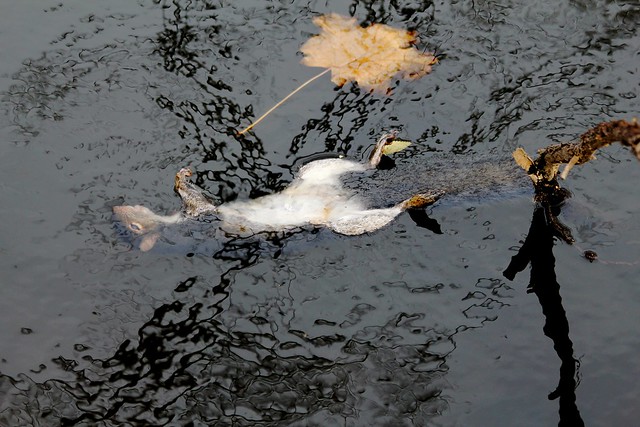- Jonathan Leon: Secretary
- Stephanie Adamez: Speaker
- Emefa Edoh: Speaker
- Raheem Grenald: Writer
- Ethan Wellington: Writer
Natural Causes:
*A greenhouse gas, is a chemical compound found in the Earth’s atmosphere. Acting as gases, these compounds allow sunlight to enter the atmosphere freely.
*Aerosols, are small particles in the atmosphere that often cause cooling by reducing incoming sunlight. Certain types can cause warming, and all of them change the way clouds behave.
*There are a variety of ways climate change can be caused naturally. Earth’s temperature depends on the balance between energy entering and leaving the planet’s system. The earth warms when energy from the sun is reflected by the earth system , the “cooling” of the earth is a result of the sun’s energy being reflected back into space. With that being said , changes in reflectivity plays a role in natural climate change.
Sunlight is reflected or absorbed depending on mainly the earth surface and atmosphere. Lighter colored surfaces and objects such as clouds and snow , usually reflect sunlight that results in a cooling effect while darker surfaces , such as forests and soil tend to absorb more sunlight , making the atmosphere warmer.
Solar radiation reflected from a object or surface (in other words albedo) altogether the earth’s albedo is about 30% which means that 70% of sunlight is absorbed. The absorbed solar energy heats the earths land , water , and atmosphere.
Changes in the sun’s energy can also effect change in climate. The sun’s natural 11- year cycle has point were solar energy is weaker , and periods when solar intensity is considerably stronger.
Human Activities Cause:
*Pollution, has also been one of the main causes of climate change. Generally, when we talk about pollution, we talk about any substance that people introduce into the atmosphere and have damaging effects on living things and the environment. First, Carbon dioxide pollution is directly related to global warming and comes from cars, planes, power plants, and other human activities that involve the burning of fossil fuels such as gasoline and natural gas. Then, we have methane which comes from swamps and gas emitted by livestock and chlorofluorocarbons (CFCs), which were used in refrigerants and aerosol propellants. Finally, we have sulfur dioxide which is a component of smog and a cause of acid rain. With its elevated levels of hydrogen ions (low pH), acid rains can have harmful effects on plants, aquatic animals, and infrastructures. Although volcanoes used to be the main source of atmospheric sulfur dioxide, today people became its main source.
**Solution:
Governments of different countries have aimed for some solution to stop climate change. They are taking measures to limit emissions of carbon dioxide and other greenhouse gases. There have been agreements between countries to cut back on carbon dioxide emissions and to put taxes on carbon emissions or higher taxes on gasoline, so that people and companies will have greater incentives to conserve energy and pollute less. So countries also banned chlorofluorocarbons (CFCs) because of their deteriorating effect on Earth’s ozone layer.
Reference: ***http://www.epa.gov/climatechange/
*** acoolerclimate.com



